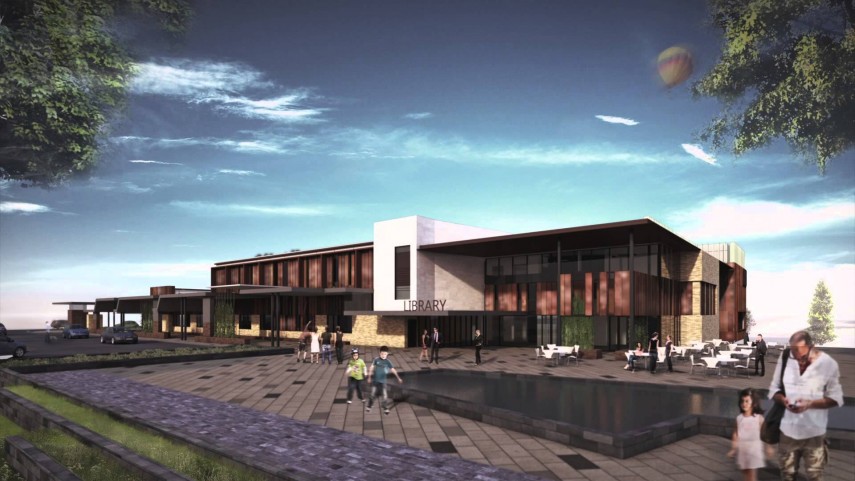5 Ways In Which Cities Are Likely To Evolve In the 21st Century

Cities have changed a lot, and hearteningly much of the change has been for good. Ancient cities were no paradise. Even thousands of years ago, cities were too crowded and polluted. Infant mortality was common, and life expectancy was low. People used to live very close to the core of cities because they wanted all the amenities at a walkable distance. Most problems we attribute to modernity were far more common in the past. It is in the 20st century the best cities learned to handle these problems reasonably well. Life expectancy is high in metropolises than the rest of the country, though this is still not true of many Indian cities. But this will soon become true of Indian cities too. Let us look at the many ways in which cities are likely to change in the 21st century.
Self-driving cars may become common
It is difficult for most people to assume self-driving cars become common. It is true that cities have to do a lot more before self-driving cars become common. But the technology is already there. It is policy which is not evolved, to allow this to happen. In the next few decades, this may change. Self-driving cars have a lower response time, and will be faster. Self-driving cars, along with mobile applications, will make care pooling easier. With a lower response time, self-driving cars will also lower traffic congestion, and cut down the need for parking space. Self-driving cars will also make people productive because they can read or work.
Municipal Corporations will become more technology-and-data driven
Municipal corporations will rely more on technology and data in taking important decisions. Municipal corporations are likely to see the value of looking at real estate prices while deciding where to allow high-density building, and where to build infrastructure. Municipal corporations are also likely to get data on commute patterns from firms like Uber and Ola. The civic bodies are also likely to use such data in raising revenues in the least harmful way. They will use such data to grant secure property titles to everybody, and put an end to many long-standing disputes and paralyzing ambiguity.
Congestion pricing may become the norm
When people drive through roads, much of the cost is borne by others. This is because road space is valuable real estate, especially in peak hours. Secondly, in peak hours, vehicles contribute to congestion. Thirdly, parking is usually free or highly under-priced. So, even when people pay for their cars, fuel and maintenance, much of the cost of still borne by others. Cities may learn to deal with this by charging for driving through roads. Cities like Singapore and London have already done this to some degree. Soon, congestion-pricing technology will become cheaper, and congestion pricing may become politically palatable.
We may see more private cities
Cities across the world are encouraging more private partnership in building infrastructure. Even though it is true that most public infrastructure can be privately provided, governments have not allowed this to happen. In some illegal colonies like Sangam Vihar, residents have proven to be willing to fund the construction of roads. In cities like Gurgaon where infrastructure is poor, private firms are providing sewer lines, water, electricity and cabs. A private city is being built in Lavasa though it is not clear how successful the attempt would be. We already have a private city in Jamshedpur, and people have voted against the formation of a municipal corporation. We may see more of this in the 21st century, especially when property titles become clearer and more secure, and when land acquisition and amalgamation of plots become easier.
Almost everybody will have access to basic amenities
This is not a utopian fantasy. This has become fairly common in many prosperous countries. People across the world will soon have access to safe water, better sanitation, reliable power supply and other basic amenities. Much of the problems that we attribute to poverty have to do with the government being the sole provider of basic amenities. For example, many scholars rightly point out that low body weight in Indian children do not have much to do with diet, but with tropical climate and lack of access to safe water and better sanitation.
